Against the backdrop of rapidly advancing medical technology, foot 3D scanning technology, as an innovative diagnostic and therapeutic auxiliary tool, is demonstrating unprecedented potential in the field of rehabilitation medicine, particularly in promoting gait function recovery and enhancing patients' quality of life. This technology's integration not only revamps traditional rehabilitation assessment and intervention models but also embodies the concept of precision medicine in the realm of foot rehabilitation.
Precise Assessment, Informed Decisions
Traditional assessments of foot problems rely on physical examinations and two-dimensional imaging, which are often limited by subjective judgments and incomplete information. In contrast, 3D scanning technology, through non-invasive, high-resolution imaging, captures the patient's foot's comprehensive morphological features, including minute anatomical details and biomechanical parameters such as arch shape and gait pressure distribution, within minutes. These detailed data provide clinicians with more accurate assessment criteria, facilitating earlier detection of potential issues and the formulation of more scientifically sound treatment strategies.
Foundation for Personalized Rehabilitation Plans
Given that each foot is unique, rehabilitation treatments must be tailored accordingly. Using 3D scan data, rehabilitation experts can precisely match individual patient needs, designing personalized rehabilitation training programs and assistive devices. For instance, by analyzing abnormal pressure distribution areas on the sole, custom insoles can be designed to correct gait and alleviate pain, or special orthopedic shoes can be fabricated based on individual arch shapes to effectively prevent and treat conditions like flatfoot and high-arched feet. The implementation of these personalized treatment plans significantly enhances rehabilitation efficiency and patient satisfaction.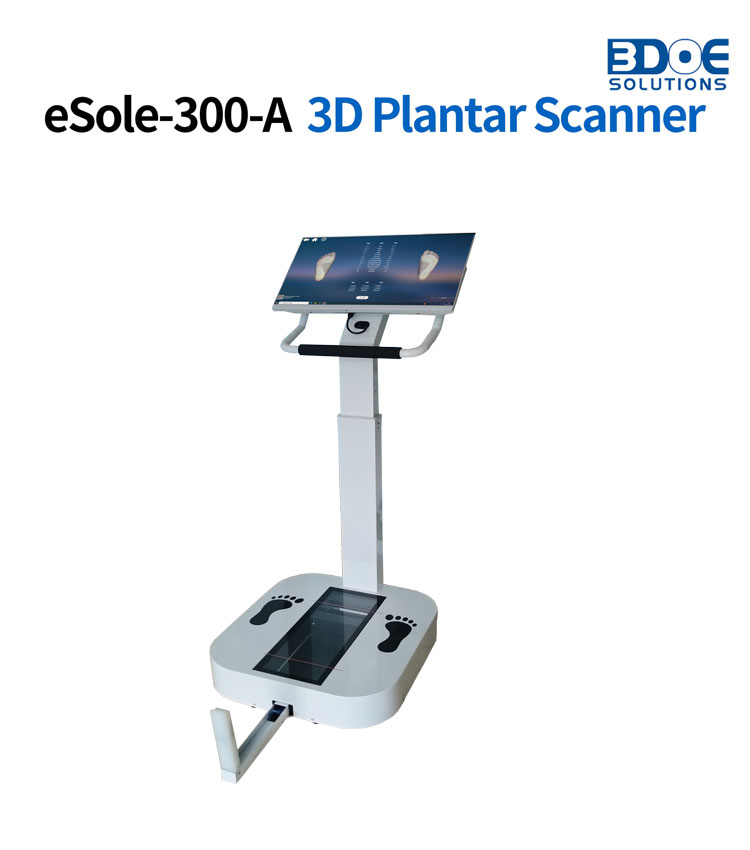
Advancing Research, Guiding Practice
The vast data generated by foot 3D scanning technologies are opening new perspectives for scientific research in rehabilitation medicine. Through in-depth analysis and interdisciplinary research of this data, researchers can more accurately understand the pathological mechanisms of foot diseases, explore more effective rehabilitation pathways. Moreover, big data analysis can help identify risk factors for diseases, providing a scientific basis for early intervention, further propelling the innovative development of rehabilitation technology and theory.
Facing Challenges, Continuous Optimization
While the application of foot 3D scanning technology in rehabilitation centers holds great promise, its proliferation faces real-world challenges such as cost and specialized skill requirements. To overcome these obstacles, healthcare institutions need to increase investment in related technological equipment and enhance the technical training of medical staff, improving their abilities to process and interpret 3D data. Additionally, exploring more cost-effective scanning solutions and establishing standardized data processing procedures are crucial directions for future development.
As a significant innovation in the field of rehabilitation medicine, foot 3D scanning technology is gradually revealing its immense value in enhancing treatment accuracy, promoting personalized rehabilitation, and driving research advancements. With ongoing technology refinement and decreasing costs, it is anticipated to become an indispensable part of standard foot rehabilitation protocols, leading rehabilitation medicine into a more precise and efficient new era.

 +86-0755-86131192
+86-0755-86131192 2024-06-07
2024-06-07 Back to list
Back to list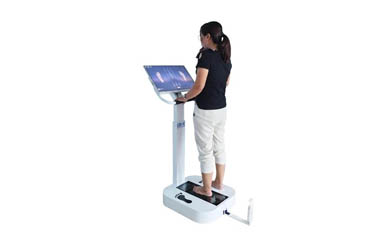
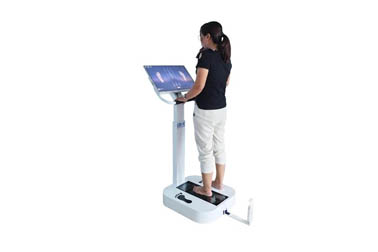
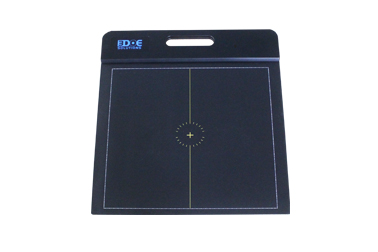
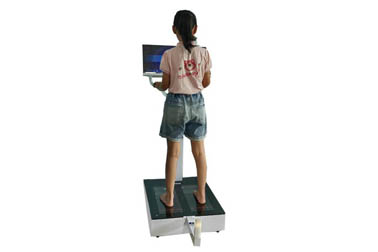
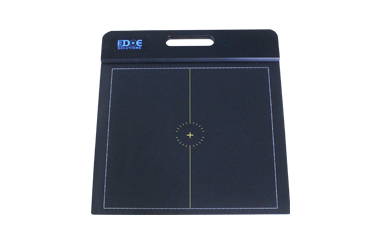
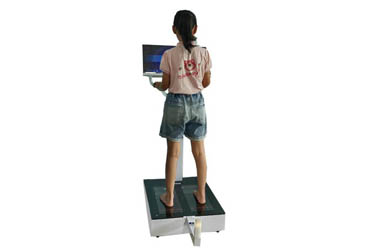



 +86-0755-86131192
+86-0755-86131192